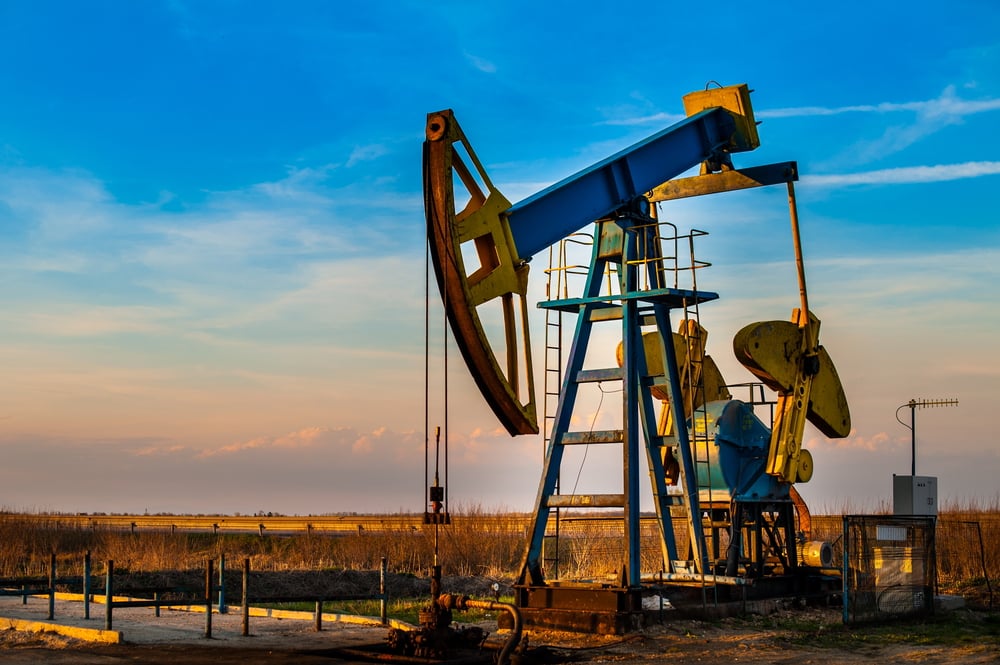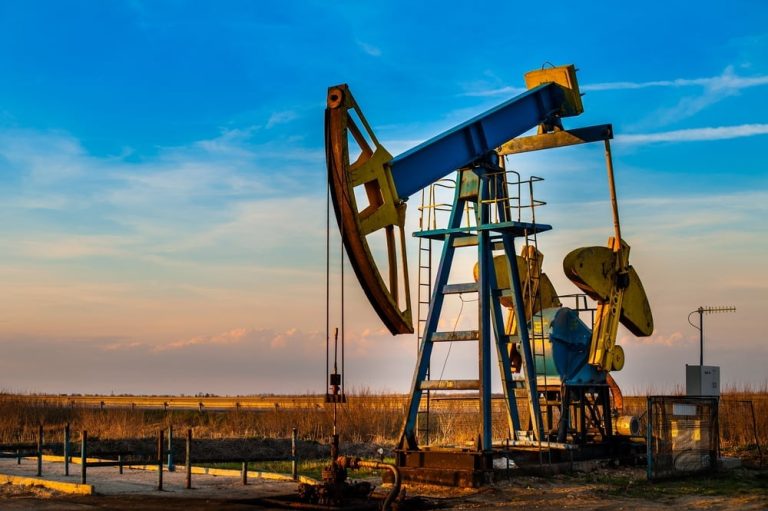
- Oil prices fell slightly, with Brent crude futures at $83.27 and WTI futures at $78.08.
- Tensions in the Middle East and China's economic indicators prevent a sharp decline.
- The IEA report and the mild winter affect demand forecasts.
Oil prices eased slightly on Tuesday but remained near three-week highs, driven by a complex interplay of geopolitical anxiety and emerging signs of an economic recovery. Brent crude futures fell 29 cents to $83.27, and West Texas Intermediate crude for April delivery fell 38 cents to $78.08. Despite this, market resilience highlights the multifaceted factors at play. The backdrop of rising tensions in the Middle East, coupled with the tentative economic recovery in China, paints a picture of a market caught between the forces of supply concerns and optimistic growth prospects.
The International Energy Agency reduces oil demand in 2024, citing clean energy
The trading atmosphere remained weak. This reflects the impact of the Presidents' Day holiday in the US and, in addition, highlights the balance between demand concerns and geopolitical risks. China has strategically lowered its benchmark mortgage interest rate. This step aims to revitalize the real estate sector. It also seeks to improve the broader economy, which could boost demand for oil. However, the latest report by the International Energy Agency casts a shadow over the situation. It announced a downward revision to oil demand growth expectations in 2024. This revision cites the global pivot towards clean energy. Furthermore, a significantly mild winter in Europe has contributed to lower demand for heating oil.
Gas reserves in the European Union reach 65.9% with guaranteed security
The European natural gas scenario illustrates the evolving energy landscape. Current storage levels are at a seasonal high in five years, reflecting a degree of safety in energy reserves amid volatile demand. With gas reserves in the European Union reaching 65.9% and notable figures in Germany, Italy and France, data from Gas Infrastructure Europe (GIE) underscores the complex balance between supply and demand and the overall shift towards sustainability in the energy sector.
The slight decline in the oil market reflects broader economic and geopolitical narratives intertwined with the global shift towards greener energy sources. The delicate balance between supply concerns and demand expectations will continue to shape the path of oil prices.

